9 Buddha Statue Hand Gestures Explained: Find Your Perfect Match
Discover 9 common Buddha Statue hand positions and their meanings:
People who frequently visit temples will notice that the gestures of the statues of Buddhas and Bodhisattvas vary. In Buddhism, these gestures are called “mudras” or “seals” and are commonly known as “hand gestures.”
There are many types of Buddha Statue hand gestures. We often use the nine hand gestures of the Buddha—the Teaching Mudra, the Meditation Mudra, the Earth-Touching Mudra, the Granting of Wishes Mudra, the Fearlessness Mudra, the Joined Hands Mudra, the Dharma Mudra, the Following Tarjani Mudra,and the Jnana Mudra —as a starting point for understanding Buddhist hand gestures.
1. Teaching Seal (Dharmachakra Mudra)
How to form it:
The left hand rests on the left foot, palm facing right.
The right hand forms a circle with thumb touching middle/ring finger, palm facing left.
What does it mean:
Shows Buddha teaching.
Symbolizes using wisdom to clear the worry, helping people feel calm and pure.
Common on buddha statues of:
Shakyamuni Buddha, Dipamkara Buddha, Maitreya Bodhisattva, Manjushri Bodhisattva.
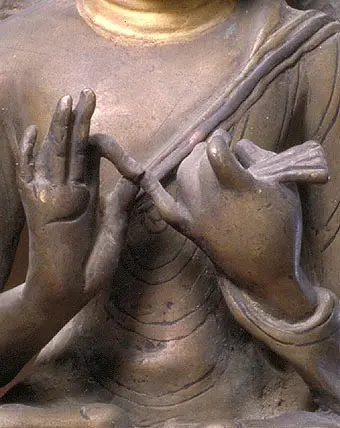
2. Meditation Seal (Dhyana Mudra)
How to form it:
Both hands face up on the lap.
The right hand rests on the left hand, thumbs touching.
What does it mean:
Represents Buddha meditating under the Bodhi tree.
Shows peace through meditation – wisdom guides actions.
Common on buddha statues of:
Shakyamuni Buddha.
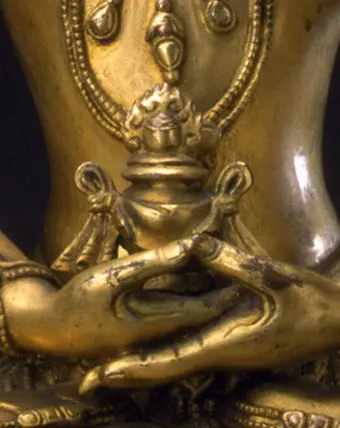
3. Earth-Touching Seal (Bhumisparsha Mudra)
How to form it:
The right hand rests on the right knee, fingers touching the ground.
What does it mean:
When Buddha was meditating, the demon Mara tried to disturb him.
Buddha touched the earth to witness his goodness and defeat evil.
Common on buddha statues of:
Shakyamuni Buddha.

4. Wish-Granting Seal (Varada Mudra)
How to form it:
Hand points down, palm facing out.
What does it mean:
Buddha promises to help people achieve their good wishes.
Shows great kindness. Often paired with Fearlessness Seal.
Common on buddha statues of:
Sandalwood Merit Buddha, Thousand-Armed Guanyin.
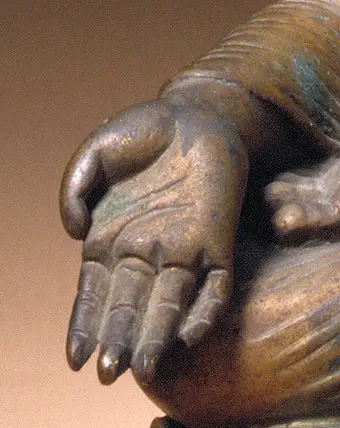
5. Fearlessness Seal (Abhaya Mudra)
How to form it:
Hand raised, palm facing out near chest level.
What does it mean:
Buddha protects people from fear and suffering.
Brings peace and safety.
Common on buddha statues of:
Shakyamuni Buddha.
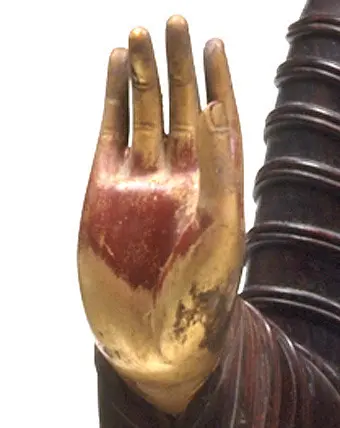
6. Prayer Seal (Anjali Mudra)
How to form it:
Both palms pressed together.
What does it mean:
Commons Buddhist greeting (like saying “namaste”).
Shows respect to Buddha and teachers.
Common on buddha statues of:
Four-Armed Guanyin, Thousand-Armed Guanyin.
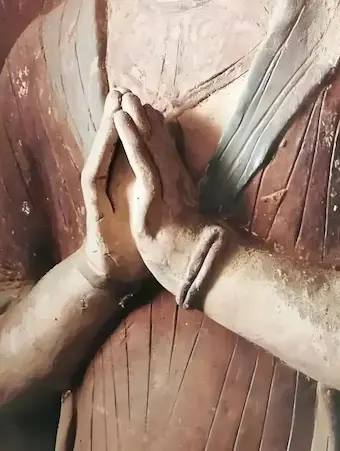
7. Refuge Seal (Sharana Mudra)
How to form it:
The left thumb touches the tip of any finger except the pinky.
The other three fingers point up.
What does it mean:
Represents trusting the Three Jewels:
Buddha (the teacher), Dharma (teachings), Sangha (community).
Common on buddha statues of:
Vairocana Buddha, Guanyin Bodhisattva, Green Tara.
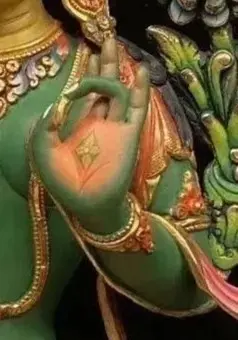
8.Threatening Seal (Tarjani Mudra)
How to form it:
The middle finger and ring finger are bent.
the remaining three fingers are straight.
and the thumb is pressing on the bent index finger.
What does it mean:
Stop evil and avoid disaster.
Eliminate disasters and avoid disasters.
Enjoy peace and happiness
Common on buddha statues of:
Krodha Vajra.

9.Fist of Wisdom Seal (Jnana Mudra)
How to form it:
Each hand: Thumb enclosed within the four fingers (symbolizing unity of wisdom & method).
Right fist vertically encloses the extended index finger of the left hand.
Positioned at the heart level .
What does it mean:
Eradicates ignorance and cyclic suffering (samsara).
Manifests Buddha-wisdom, awakening innate enlightenment.
Common on buddha statues of:
Mahāvairocana Buddha.
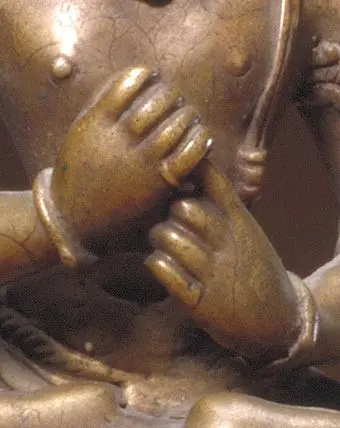
Why This Matters to You
- Choosing home statues: Meditation Seal helps calm your mind
- Gift giving: Wish-Granting Seal statues make meaningful presents
- Personal growth: Earth-Touching Seal reminds us to overcome challenges
Each mudra represents a different meaning, as well as the wisdom and compassion of the Buddhas and Bodhisattvas. We can identify which is being represented by the mudra. The seven mudras above cover most of the mudras found on Buddha statues in temples, and are also the most important and widely used mudras in Buddhist sculpture art.
Now you can pick statues that truly match your needs!
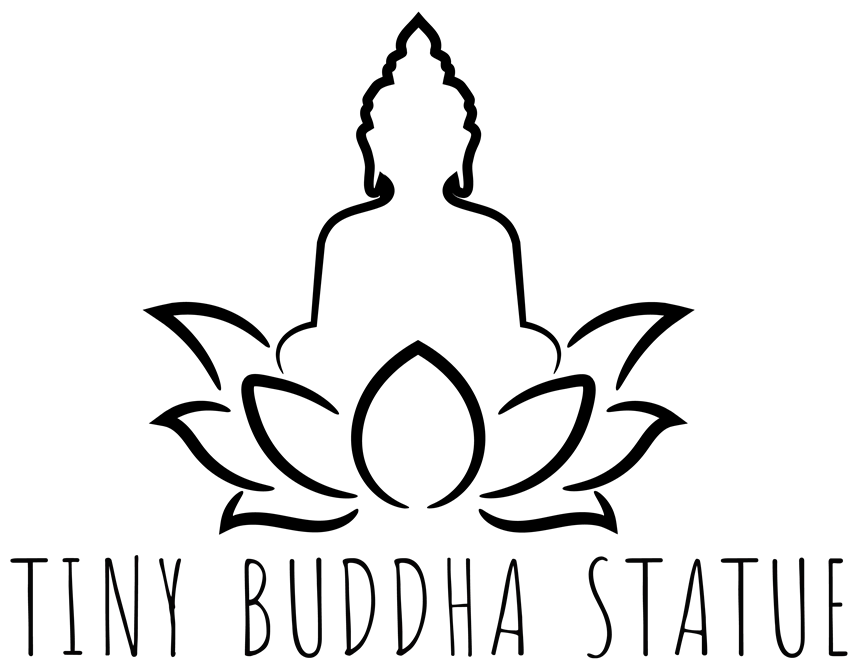
Interesting points! Seeing AI tools like AI Agent really change content creation. Accessibility across devices is key – being web-based is a huge plus for quick edits & sharing!